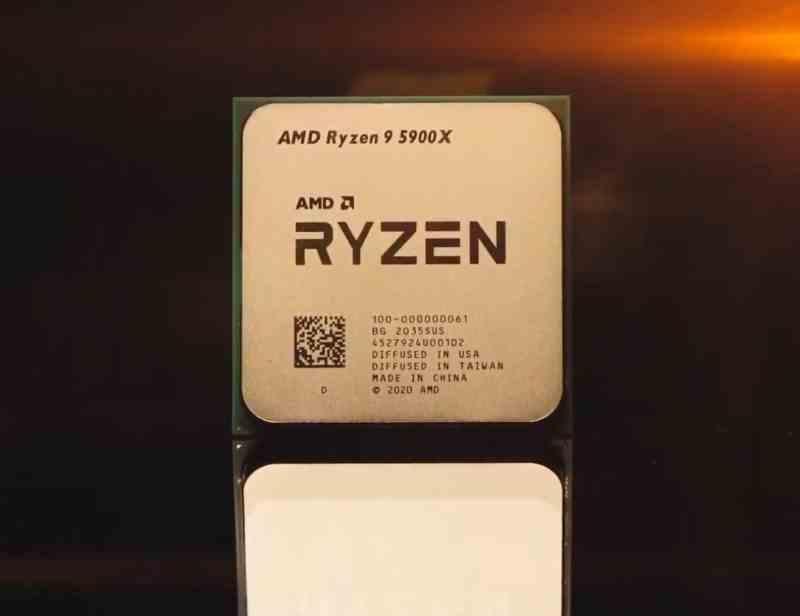


Delivery Point: It is the final stage that marks the end of the kanban team workflow.The team can add their ideas for the project at the commitment point and they will be worked on once the project kicks off. Commitment Point: The commitment point is the backlog for the board.Work in Progress (WIP) Limits: The WiP limit restricts the maximum number of cards that can be placed in a column at any given time.Generally, these are indicated as ‘Complete,’ In Progress,’ or ‘To Do.’ Columns: The columns represent the various stages of the workflow.A single card is dedicated to a standalone task or idea. Visual Cards: These signals could be in the form of tickets, sticky notes, etc., and contain project work items and the details thereof.
#Dooly vs scratchpad software#
Regardless of whether you use a physical board or a software application, the kanban board would typically contain the following six elements: In this post, we take a look at what is the kanban view in Salesforce, how can businesses set it up and work with it, and its limitations.īefore we deep-dive into the kanban view in Salesforce, let’s circle back to the basics of the kanban board - or rather, its anatomy. Given its popularity and applicability, Salesforce introduced the kanban view to gain a graphical overview of business records. As a result, managers can gain a high-level view of the project developments and bottlenecks, if any.Īccordingly, they can effectively pivot the project to r educe friction and streamline processes. True to its name, the kanban board converts the project scope, progress, and flow into visual information. Kanban (看板) is Japanese for ‘visual signal.’ This agile project management tool finds its origin in lean manufacturing and was later popularized in the software and service sectors.


 0 kommentar(er)
0 kommentar(er)
